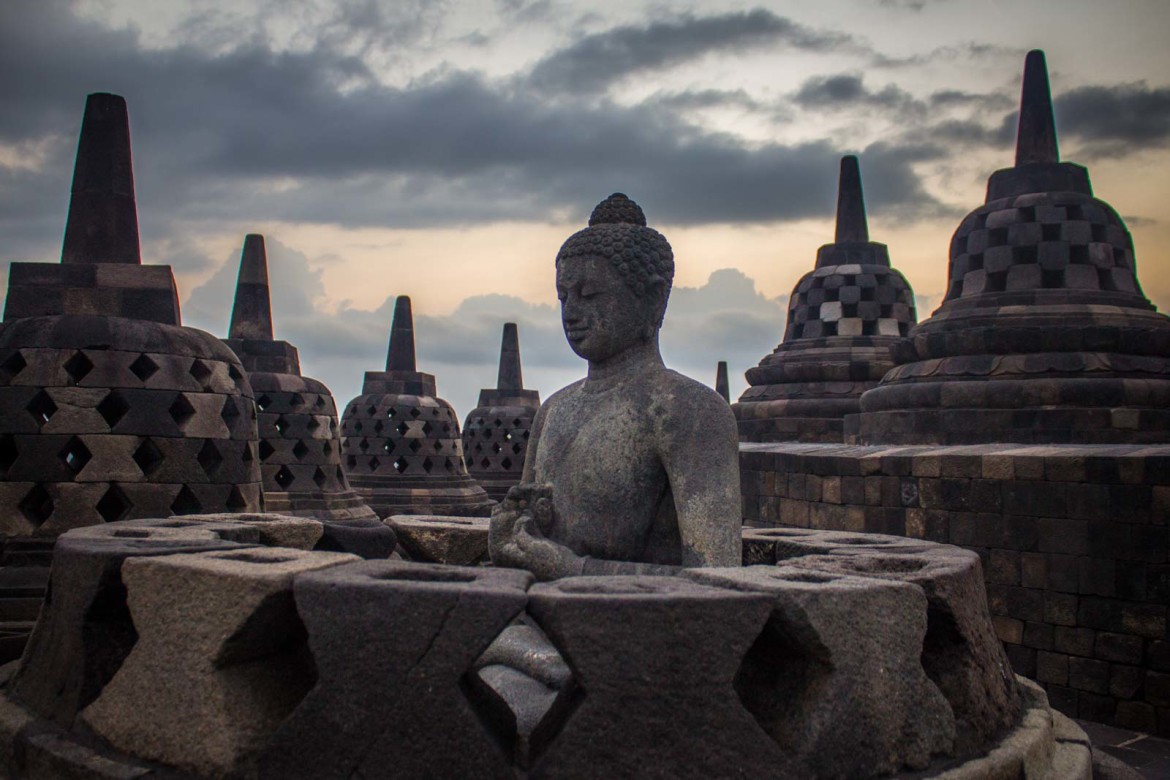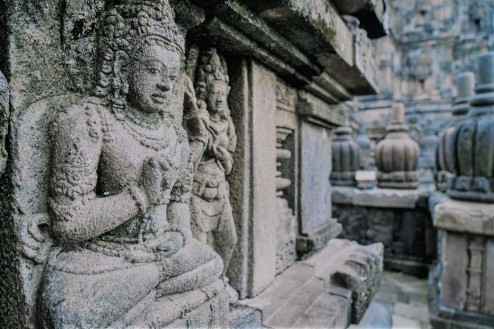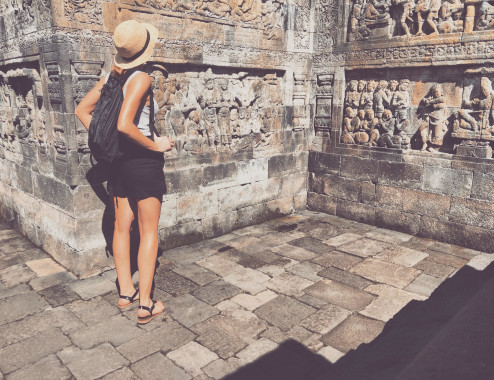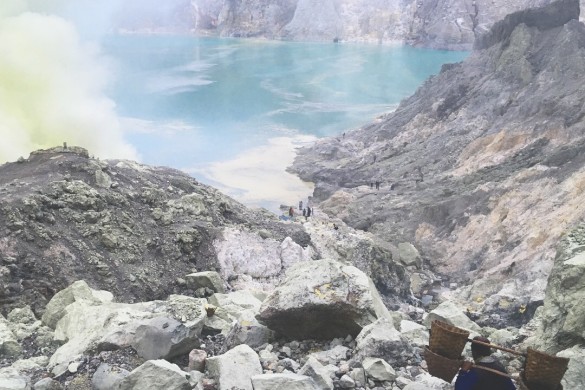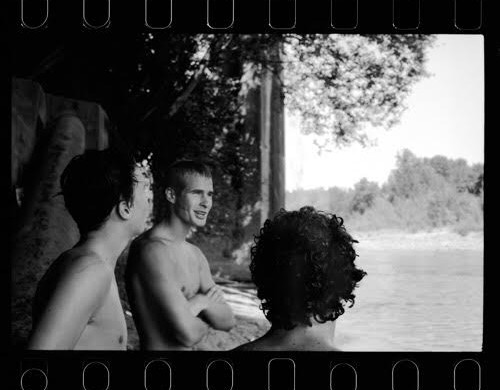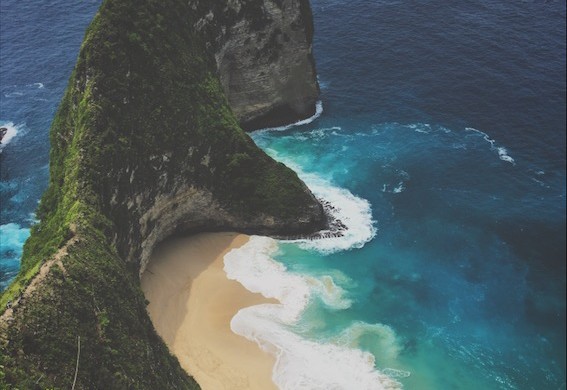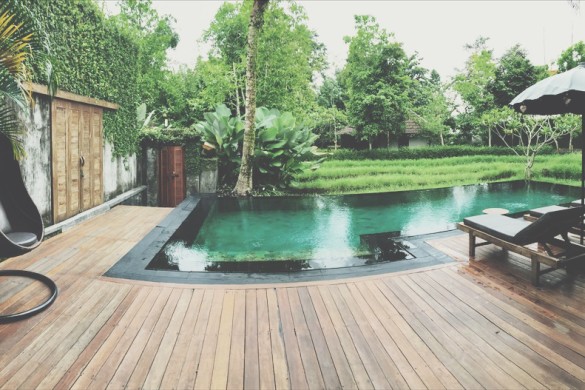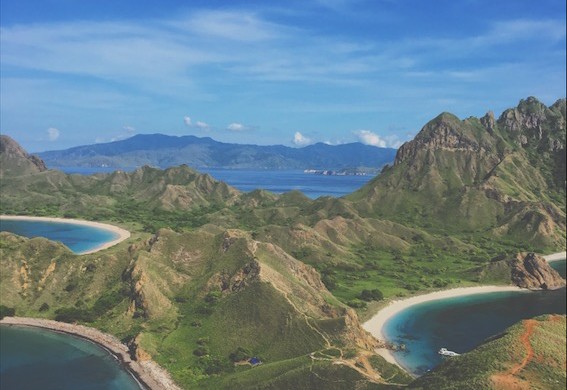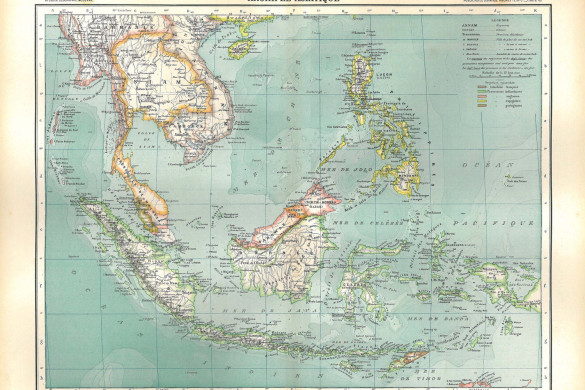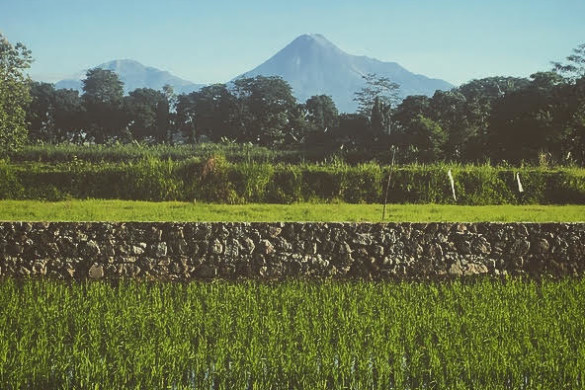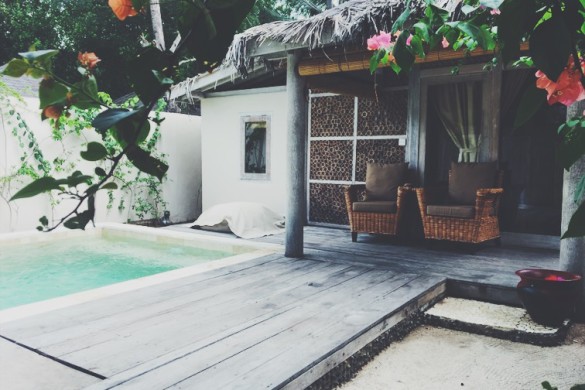Sometimes it seems that the more things change, the more they stay the same. The main Indonesian island of Java has seen a lot of change over the centuries — different colonizers, different politics, different religions. Naturally, each brings with it a new direction and a shift in the culture. However, history shows us there is something so adaptable about the Javanese people. No matter how things change, something at their core remains the same; the definition of strength, I suppose.
I’m somewhat fascinated by the way belief systems are approached here in Indonesia. For a country with the world’s largest Muslim population, it is impressively tolerant of other faiths. For instance, the country’s constitution actually recognizes six official religions – something most would not do. Pay a visit to the nearby temples and you’ll see all faiths represented in its guests.
As a traveler, there is probably no better place to see the history of the shifting religions in Java than around Yogyakarta. A short drive North and you’ll find the world’s largest Buddhist temple; A short drive East and you’ll find one of the largest Hindu temples in all of SE Asia. They can easily consume an entire day, if not more.
My morning was spent wandering the grounds of the Buddhist temple, Borobudur, which was constructed in the 8th and 9th centuries. The temple is made up of five large square terraces with three circular platforms on top of them, and then a very large stupa at the top. The walls are covered with intricate carvings, and it’s as stunning up close, as it is from afar. The only thing that would make it more so, is if you could wave a magic wand and remove all the tourists – all of them, except for me, of course. Don’t get me wrong, I like to share, but when you can’t make it more than three feet without someone stopping you for a photograph, it gets a bit tiring. If I had to guess, I’d say I posed for at least 80 pictures throughout the day. Poor Taylor Swift is all I can say.
In the late afternoon, I made my way to Prambanan, which was built less than 100 years after Borobudur. During that short period of time, the Buddhist dynasty was replaced by a Hindu dynasty, and to show the shift in power, a new temple for the new religion was needed. The fact that Borobudur wasn’t destroyed is quite interesting, and perhaps it speaks volumes to the history of tolerance, as I earlier mentioned.
Perched on a ledge, I watched and waited as the sun went down. At home, Christmas Eve is marked by family, food, cocktails, and presents – none of which I had this time. And although I wish to be with my loved ones, it truly was a beautiful way to spend my day.

